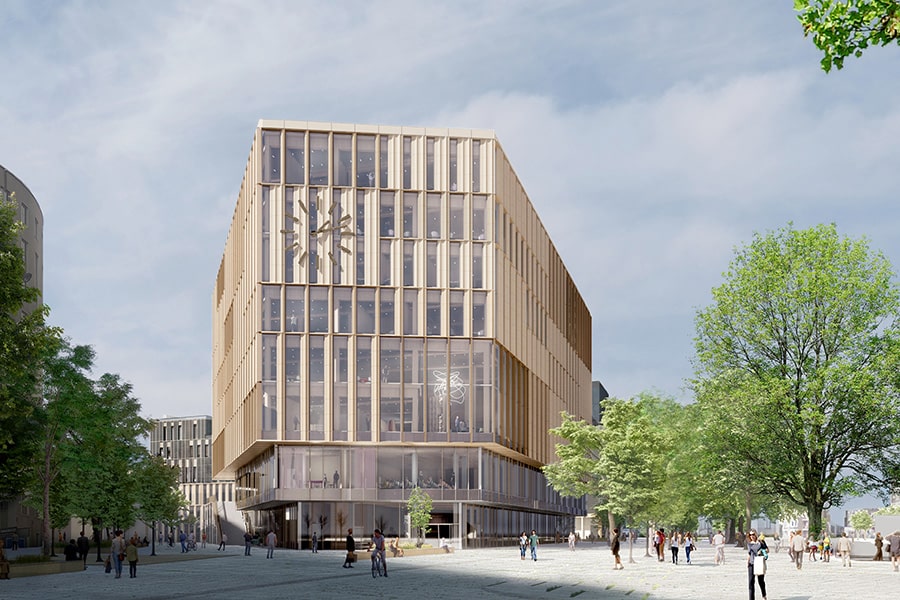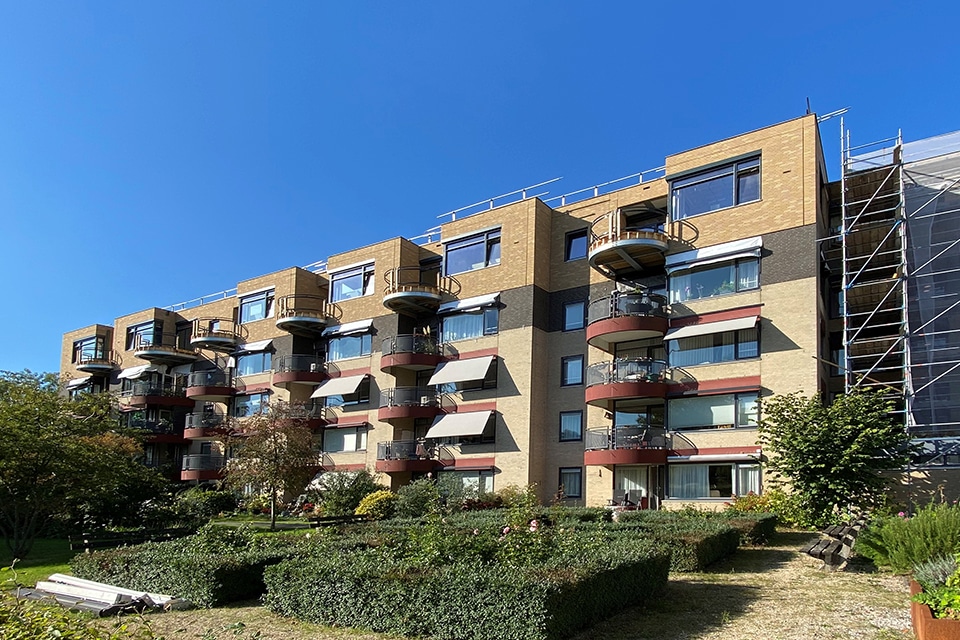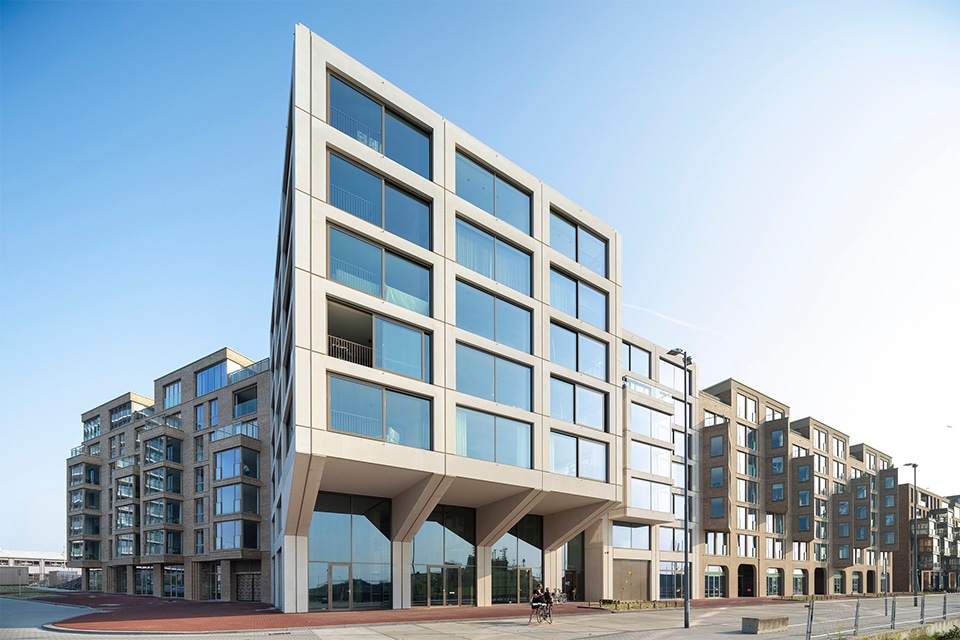
Data center campus CyrusOne, Amsterdam | Right next to Rotterpolderplein
'State-of-the-art' data center for CyrusOne
The state-of-the-art data center Amsterdam I is under construction for the fast-growing American data center operator CyrusOne in the Polanenpark between Amsterdam and Haarlem. The two halls with a total surface area of 29,350 square meters and a three-story office wing are rising right next to the Rottepolder traffic junction.
Officially, the data center is located in the municipality of Haarlemmermeer and a stone's throw from Schiphol Airport. CTS, which specializes in the construction of data centers around the world, is responsible for the complete technical equipment of the building. "By American standards, this location involves the Amsterdam region," says Paul Wardell of CTS. "CyrusOne chose Polanenpark because of the presence of the Amsterdam Internet Exchange, the most important Internet hub in the Netherlands, the availability of sufficient power and the presence of data centers in the surrounding area. The establishment of data centers in the Amsterdam region has been booming since 2016, with construction currently booming. Amsterdam can compete with cities like Frankfurt, Paris and London. CyrusOne wants to eventually realize 180 megawatts in Europe."
Phased commissioning
With a future capacity of 54 megawatts, Amsterdam I provides Internet facilities for about a thousand companies. The complex will be commissioned in phases. Hall 1 has an area of 16,722 square meters and has three storey floors, divided into six units that will be put into use in stages depending on demand. Hall 2 will follow later with 12,628 square meters and two floor levels. The core and shell building is being constructed by Belgian contractor Cosimco, as a subsidiary contractor of CTS.
Wardell: "Construction involves a critical tolerance, the steel and concrete structures must be perfectly horizontal. As CTS, we are responsible for the power supply, the emergency power generators and the cooling systems. You need a lot of power to run all the servers and a lot of cooling is needed to take away the heat produced. In Sweden we use that heat for local heating, because we want to work as green as possible. Such a heating system is not available in this region. The emergency power generators have a gasoline supply that is enough to take over the power supply for two days."





